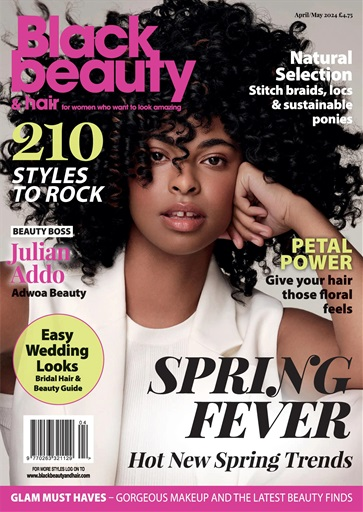MAGAZINES FRONT COVER PRACTICAL

Rsearch 1) Use Google to research potential magazines that you could use as your brand/design for this project. Create a shortlist of three potential magazines and embed an example front cover from each one. We recommend looking at lifestyle magazines or a similar genre as these are more achievable to re-create. 2) Choose one of the three magazine brands to use for your project e.g GQ, Vogue or The Gentlewoman. Then f ind three different front covers for your chosen magazine and embed them in your blogpost. Analyse the fonts, colours and typical design. What is the language or writing style? How are the cover lines written? What camera shot is generally used for the cover image? You need to become an expert in the design and construction of this magazine and its branding. - Black Beauty. - - Bold colours of pink to catch the audiences' attention. - The cover line is easy to read. - The writing style is short and snappy it gets straight to the point. - Medium shot is use